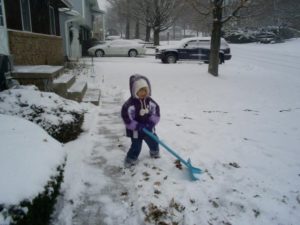Frost heave damage is a serious concern for homeowners, especially in regions where snow and freezing temperatures are uncommon. Although winter storms and snow are rare in southern states, unpredictable weather patterns are becoming more common, bringing wintry weather further south than usual. While the snow can create a serene winter landscape, it also hides a potential threat to your home’s foundation. The freezing and thawing cycles beneath snow and ice can lead to frost heave, a problem that can cause significant foundation damage if not properly managed.
Frost heave occurs when moisture in the soil freezes and expands, pushing portions of the foundation upward while leaving others in place. This uneven movement can create cracks, misalign structures, and cause long-term damage to your home. When temperatures rise and the ice thaws, the soil settles unevenly, which can lead to further shifting and instability. Over time, this can result in costly repairs if the problem is not addressed early.


Although you can’t control the weather, you can take proactive steps to minimize the risks of frost heave:
If signs of frost heave damage are present, acting quickly can prevent further deterioration. Foundation repair specialists can provide solutions such as pier systems, slab jacking, and reinforcement techniques to stabilize your home and prevent future movement.
Protecting your foundation from seasonal changes is crucial to maintaining the safety and integrity of your home. If you suspect your home has been impacted, reach out to a foundation repair professional for an inspection and customized solutions.
Tar Heel Foundation Solutions is a full-service specialty foundation pier contractor dedicated to quality, professionalism, flexibility, and affordability. You can find a sample of our foundation repair options here.
For residential foundation repair questions, call Brandon Fender at (803)-818-7194.
For commercial and/or engineered foundation repair questions, call Larry Wittmer at (803)-246-5480.